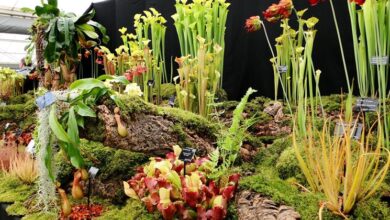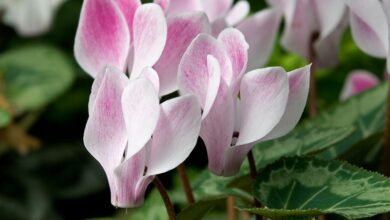Dracula orchids
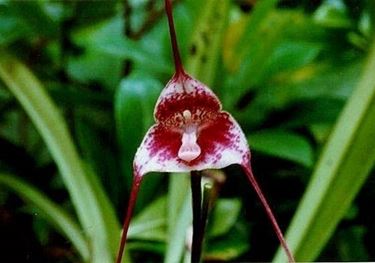
The orchid «with the face»

Cultivation
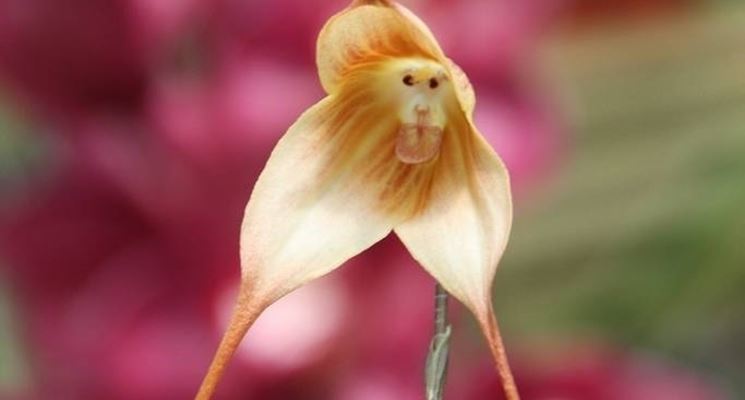
Since its first discovery, the dracula orchid has seen a wide spread all over the world, only partially hampered by the fact that cultivation is not always easy, especially if the climate is very different from that of the areas of origin. The dracula orchid is of great charm and has an extremely curious aspect that has played a primary role in its diffusion, but its cultivation, as it happens for all orchids, is not easy because it is a very delicate plant. Under optimal conditions, these flowers do not enter vegetative rest and therefore continue to develop throughout the year. Dracula orchids have specific needs from an environmental point of view, which vary slightly from species to species. Generally, it is important to keep daytime temperatures around 20 degrees and night temperatures around 10 degrees lower. The variety between day and night temperatures is essential to ensure flowering, while the leaves need to be sprayed frequently. The environment must be ventilated, but without currents, to avoid the development of fungal diseases. The light must not be direct or too abundant, unlike water which must always guarantee a moist substrate for the plant. Fertilization can help the development of the orchid, but the quantities must be minimal since it is a plant that does not tolerate high concentrations of fertilizer. environment must be ventilated, but without currents, to avoid the development of fungal diseases. The light must not be direct or too abundant, unlike water which must always guarantee a moist substrate for the plant. Fertilization can help the development of the orchid, but the quantities must be minimal since it is a plant that does not tolerate high concentrations of fertilizer. environment must be ventilated, but without currents, to avoid the development of fungal diseases. The light must not be direct or too abundant, unlike water which must always guarantee a moist substrate for the plant. Fertilization can help the development of the orchid, but the quantities must be minimal since it is a plant that does not tolerate high concentrations of fertilizer.
Pot and soil
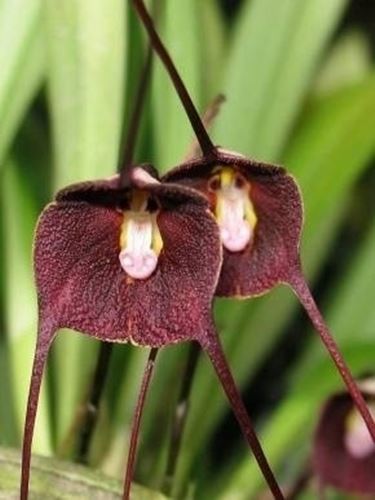
For each species of orchid the type of pot and soil are very important and the dracula orchid, in this sense, is no exception: the roots must be able to receive illumination and must not be constrained. For this reason, the ideal solution for the development of the plant is the wire mesh, able to contain soil and roots but to leave openings for the passage of light and air, for the filtering of water and also for the growth of flowers, which they can also sprout in the basal part and even from the substrate in any direction. A layer of bark will be placed inside the metal basket, on top of which there will be space for the medium-sized court that will favor the drainage of water. The upper layer will instead be composed with sphagnum, which will help to always maintain the right humidity. The roots of orchids grow rapidly and must have the right space available, without feeling constrained: the plant would suffer a lot and could be completely compromised. For this reason, repotting is a necessary operation when the roots begin to occupy all the available space, in order to guarantee them sufficient space to grow and prevent them from becoming too compressed. During repotting it is important to make sure that the roots do not break: to facilitate this operation it is advisable to proceed when the substrate is still wet. this operation is necessary when the roots begin to occupy all the available space, in order to guarantee them sufficient space to grow and prevent them from being too compressed. During repotting it is important to make sure that the roots do not break: to facilitate this operation it is advisable to proceed when the substrate is still wet. this operation is necessary when the roots begin to occupy all the available space, in order to guarantee them sufficient space to grow and prevent them from being too compressed. During repotting it is important to make sure that the roots do not break: to facilitate this operation it is advisable to proceed when the substrate is still wet.
Dracula orchids: Reproduction
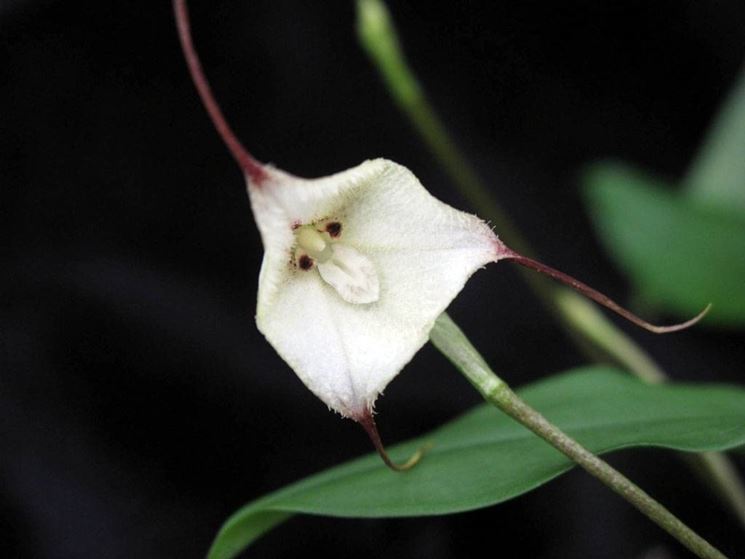
In nature, the reproduction of the dracula orchid occurs through pollination by diptera, attracted by the particular smell and shape of the flower which in part resemble that of some mushrooms. Artificial reproduction is not impossible, but it is difficult and there are high chances of failure, especially if carried out in a non-optimal environment and therefore starting from a plant that has already been tested and not very resistant. Usually we take advantage of the moment of repotting, which takes place approximately annually, in order to provide for the division of the plant. The new specimen will then be placed in a separate pot, where it will have the opportunity to develop its roots. The division involves the use of strictly sterile instruments, to prevent the cuts caused to the roots from becoming infected: it is a an operation that causes suffering to the plant and therefore must be carried out carefully so as not to compromise it. The cuts must be clean and decisive and the new plant thus obtained must have at least seven leaves in order to survive, that is, it must not be excessively small.

